- Product Name
- CasNo
- MF
- MW
- Content
- Appearance
- Packing
- Apply
- Dyclonine hydrochloride
- 536-43-6
- C<sub>18</sub>H<sub>27</sub>NO<sub>2</sub><sup>.</sup>HCl
- 325.879
- White Crystalline Solid
Your Location:Home > Products > API > Dyclonine hydrochloride
|
Indications |
Dyclonine hydrochloride is a ketone derivative without an ester or amide linkage that may be used in patients who are allergic to the common anesthetics. Dyclonine offers advantages over other topical anesthetic agents.Extensive experience with the topical preparation has shown it to be effective and safe. As a topical anesthetic, dyclonine hydrochloride is available by prescription, and to patients it is available over-the-counter in Sucrets lozenges. Classification: Ketone. Available concentration: Formulated for use in dentistry as a 0.5% or 1% solution. Onset of action: Slow; may take up to 10 minutes to become effective. Duration: Average duration of 30 minutes; however, effects may last up to 1 hour. Maximum recommended dose: 200 mg (40 mL of 0.5% solution or 20 mL of a 1% solution). Metabolism/excretion: No information is available on the metabolism and excretion of dyclonine hydrochloride. Pregnancy/lactation: FDA Category C/Caution is recommended during lactation. |
|
Manufacturing Process |
A mixture of 17.6 grams of p-n-butoxyacetophenone, 12.1 grams of piperidine hydrochloride, 4.5 grams paraformaldehyde, 0.25 cc concentrated hydrochloric acid, 52.5 cc nitroethane, 7.5 cc of 95% ethanol, and 15 cc of toluene was boiled under reflux for one hour, removing water formed in the reaction by means of a condensate trap. The mixture was then cooled. The crystals which formed were collected by filtration, washed with anhydrous ether and recrystallized from methyl ethyl ketone. The crystals thus obtained, which melted at 174-175°C, were shown by analysis to be 4-n-butoxy-β- piperidinopropiophenone hydrochloride. |
|
Therapeutic Function |
Local anesthetic |
|
Definition |
ChEBI: The hydrochloride salt of dyclonine. |
|
Brand name |
Dyclone (AstraZeneca). |
InChI:InChI=1/C18H27NO2.ClH/c1-2-3-15-21-17-9-7-16(8-10-17)18(20)11-14-19-12-5-4-6-13-19;/h7-10H,2-6,11-15H2,1H3;1H
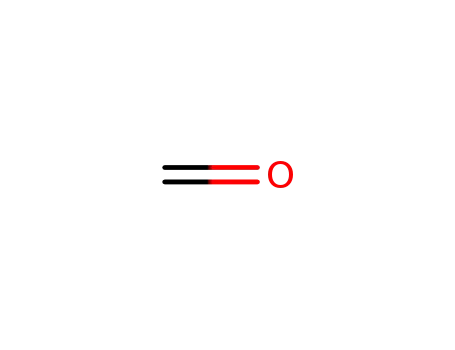
formaldehyd

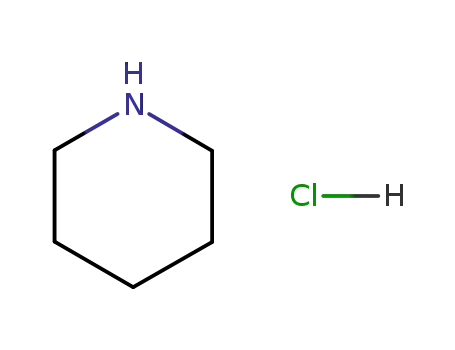
piperidine hydrochloride

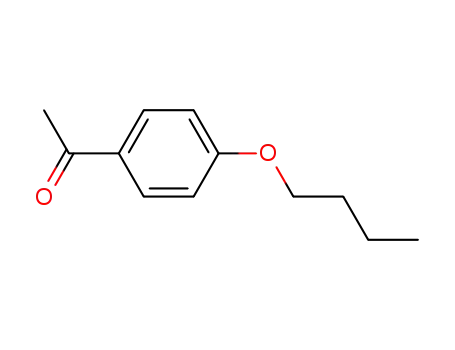
1-(4-butoxyphenyl)ethan-1-one

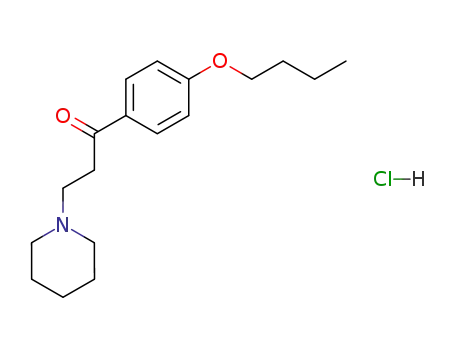
dyclonine HCl
| Conditions | Yield |
|---|---|
|
With ethanol;
|

dyclonine HCl

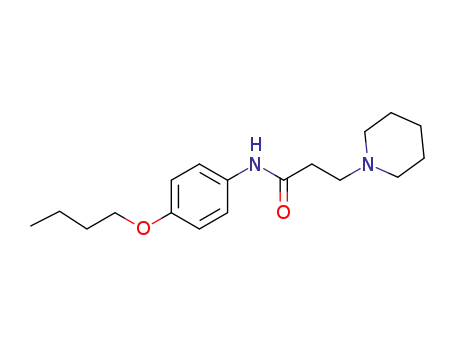
C18H28N2O2
| Conditions | Yield |
|---|---|
|
With formic acid; nitromethane; trifluoromethylsulfonic anhydride; In acetic acid; at 100 ℃; for 12h;
|
85% |

formaldehyd

piperidine hydrochloride

1-(4-butoxyphenyl)ethan-1-one
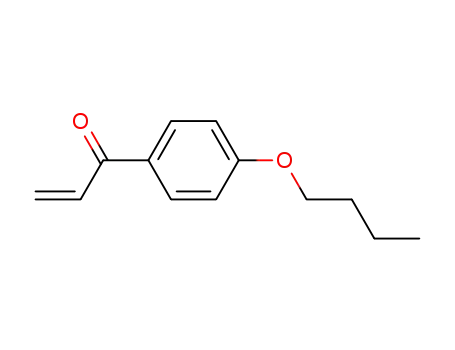
1-(4-Butoxyphenyl)-2-propen-1-one
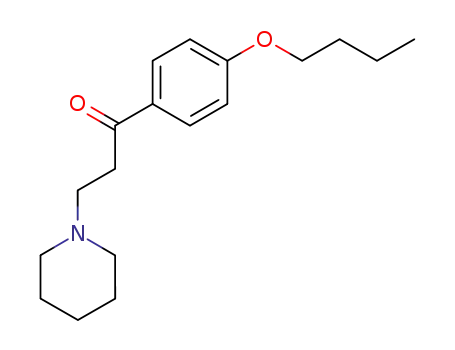
dyclonine
